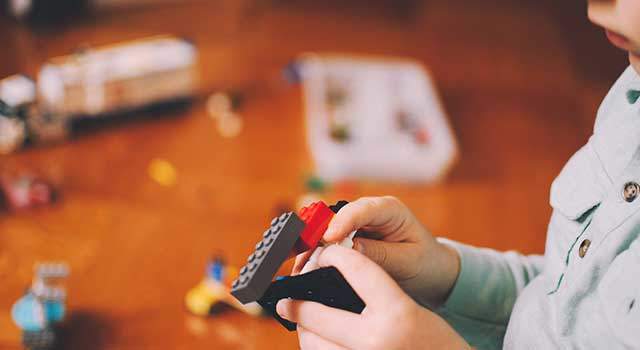How Chelis Bookazine Ltd. Can Support Your Playtime with Your Kids
Hey there, parents and caregivers! We are thrilled to discuss something close to my heart—playing with your kids, and how Chelis Bookazine Ltd. can help enhance this special time. Look…


